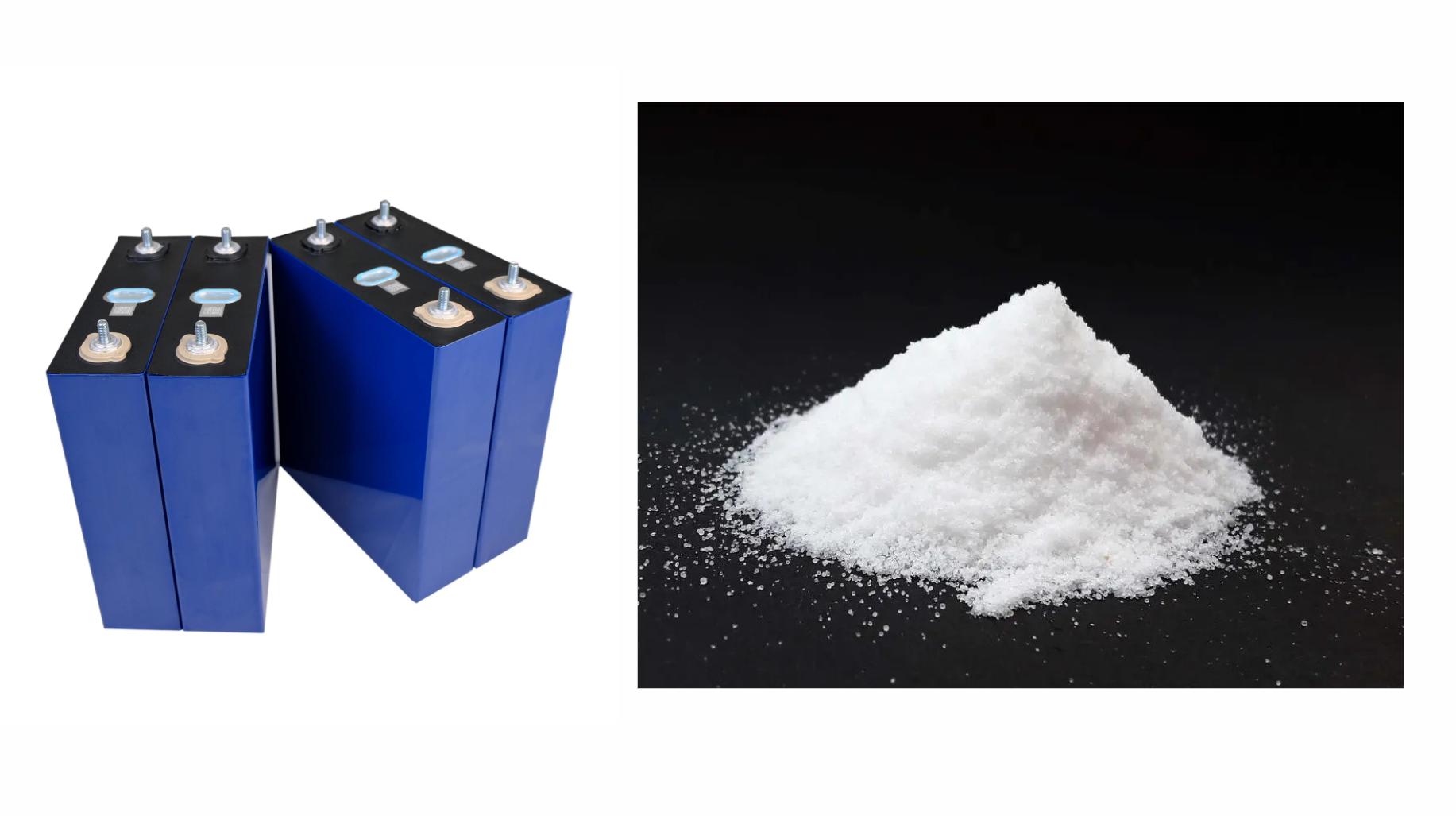
What Is the Problem with LiFePO4? An In-Depth Analysis
LiFePO4 batteries are praised for safety and longevity, but they have limitations like lower energy density, higher upfront cost, and sensitivity to charging conditions. Understanding these challenges helps users make informed decisions and optimize battery performance.
What Are the Common Limitations of LiFePO4 Batteries?
LiFePO4 batteries typically have lower energy density compared to other lithium-ion types, meaning they store less energy per unit volume or weight. This can result in larger or heavier battery packs for the same capacity. Additionally, they tend to have a higher initial cost, which might deter budget-conscious buyers despite long-term savings.
How Does the Lower Energy Density Affect Practical Use?
Lower energy density means LiFePO4 packs can be bulkier, which may not suit compact designs or weight-sensitive applications. Golf cart users may notice increased space requirements or weight that could affect handling, although Fasta Power designs aim to minimize these impacts through optimized engineering.
Why Is Charging LiFePO4 Batteries More Sensitive?
LiFePO4 cells require precise charging voltages and current limits. Overcharging or charging at improper voltages can reduce battery lifespan or cause damage. Using compatible chargers with integrated Battery Management Systems (BMS), such as those in Fasta Power products, is essential for safe and efficient operation.
What Are the Temperature-Related Challenges of LiFePO4 Batteries?
LiFePO4 batteries perform poorly at very low temperatures, with reduced capacity and slower charging. Extreme cold can temporarily limit usable energy. While they are more thermally stable than other lithium chemistries, maintaining optimal temperature range ensures longevity and performance.
How Does Cost Impact Adoption of LiFePO4 Technology?
The higher upfront cost compared to lead-acid and other lithium chemistries can be a barrier for some users. However, lower maintenance, longer cycle life, and efficiency gains from brands like Fasta Power often offset initial investment over time.
Are There Issues with Battery Management Systems in LiFePO4 Packs?
BMS units are critical but add complexity and potential failure points. Poorly designed or low-quality BMS may cause cell imbalance, reduced lifespan, or safety concerns. Trusted manufacturers like Fasta Power invest heavily in advanced BMS to ensure reliability and safety.
When Does Capacity Fade Become Noticeable in LiFePO4 Batteries?
Capacity fade occurs gradually after hundreds to thousands of charge cycles. Improper charging, deep discharges, and extreme environmental conditions accelerate degradation. Routine monitoring and proper usage can delay capacity loss.
How Does Recycling and Disposal Present Challenges?
Though LiFePO4 batteries are more environmentally friendly than lead-acid, recycling infrastructure is still developing. Proper disposal and recycling programs are crucial to reduce environmental impact, a priority in Fasta Power’s sustainability efforts.
What Are User Experience Concerns With LiFePO4 Batteries?
Users unfamiliar with lithium technology might struggle with charging protocols or maintenance expectations. Transitioning from lead-acid requires education about voltage ranges, charging times, and safe storage, which Fasta Power supports with comprehensive customer resources.
Can LiFePO4 Batteries Cause Unexpected Failures?
While generally reliable, failures can result from manufacturing defects, abuse, or improper installation. Such events are rare with quality brands like Fasta Power but highlight the importance of trusted sourcing and professional installation.
How Do LiFePO4 Batteries Compare to Other Lithium-Ion Technologies?
LiFePO4 batteries offer greater thermal stability, longer cycle life, and enhanced safety compared to other lithium-ion types like NMC or LCO. While they have slightly lower energy density, they are more durable, non-toxic, and less prone to overheating or fire.
| Feature | LiFePO4 | Lithium Cobalt Oxide (LCO) | Lithium Nickel Manganese Cobalt (NMC) |
|---|---|---|---|
| Energy Density | Moderate | High | High |
| Cycle Life | Very Long | Moderate | Moderate |
| Safety | Excellent | Moderate | Moderate |
| Cost | Moderate-High | High | High |
| Thermal Stability | Excellent | Moderate | Moderate |
Fasta Power Expert Views
“While LiFePO4 technology has some inherent limitations, its safety and longevity benefits make it ideal for golf carts and similar applications. At Fasta Power, we address challenges like energy density and charging sensitivity through advanced cell design and robust battery management systems, ensuring users receive dependable, high-performance solutions with minimal compromise.”
Conclusion
LiFePO4 batteries present challenges such as lower energy density, higher initial costs, and charging sensitivities. However, their advantages in safety, lifespan, and environmental impact often outweigh these issues. Understanding these factors helps users select the right battery and optimize performance. Fasta Power’s expert engineering mitigates common drawbacks, delivering reliable, efficient battery solutions.
FAQs
Q: Why do LiFePO4 batteries cost more upfront?
A: Advanced materials and manufacturing processes raise initial costs, balanced by longer lifespan and low maintenance.
Q: Can LiFePO4 batteries be charged with standard lithium chargers?
A: Only if chargers are compatible with LiFePO4 voltage and charging profiles to avoid damage.
Q: How much space do LiFePO4 batteries take compared to lead-acid?
A: They generally require more volume for the same capacity but are lighter in weight.
Q: Is it safe to use LiFePO4 batteries in cold climates?
A: Performance drops in cold temperatures, but proper management can mitigate impacts.
Q: How does Fasta Power improve LiFePO4 battery performance?
A: Through innovative cell chemistry, precise manufacturing, and integrated intelligent battery management systems.
